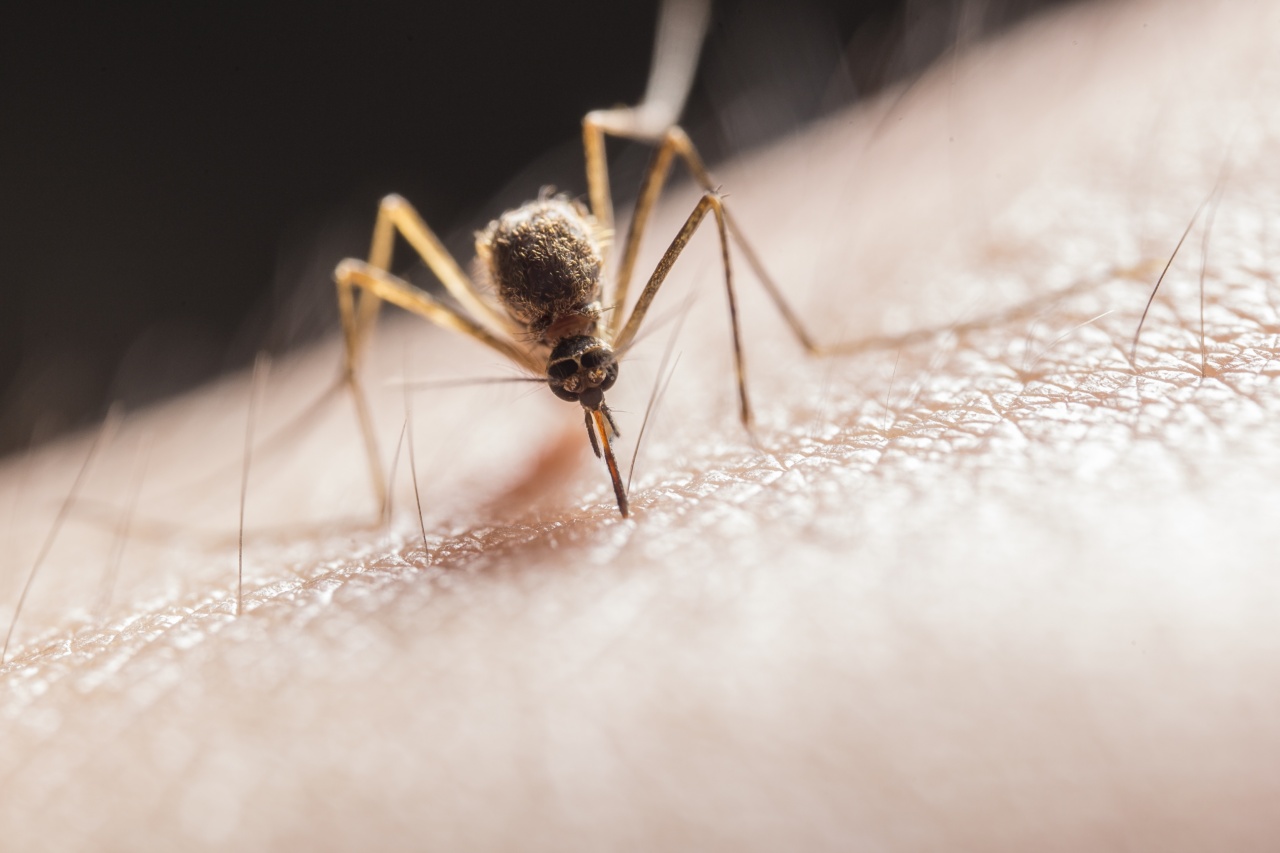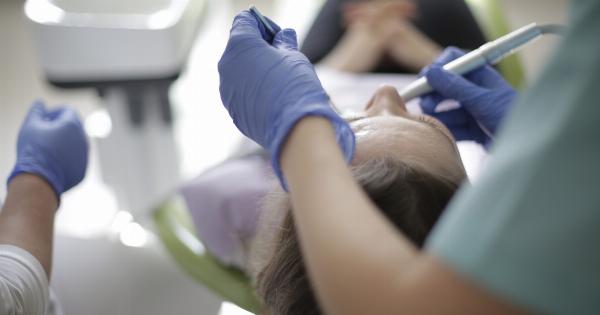The skin is the largest organ of the human body, serving as a protective barrier against external pathogens, injuries, and harmful environmental factors.
It is also prone to various lesions, which can range from harmless imperfections to potentially dangerous conditions. Identifying and understanding these skin lesions is crucial in order to differentiate between harmless cases that require no intervention and those that necessitate medical attention.
This article aims to provide insight into the different types of skin lesions, their characteristics, and the signs that indicate whether they are harmless or harmful.
1. Moles (Nevi)
Moles, also known as nevi, are common skin lesions that appear as small, dark brown spots on the skin. They are usually harmless and are often formed during childhood or adolescence.
Moles can vary in shape, size, and color, and may be either raised or flat. While most moles are benign and require no treatment, appropriate medical consultation is essential to rule out any potential risk of malignancy.
2. Freckles
Freckles are small spots that are usually tan, light brown, or reddish-brown in color. They are commonly found on areas of the skin that are exposed to the sun, such as the face, arms, and shoulders.
Unlike moles, freckles tend to fade or darken with sun exposure. Although freckles are harmless, it is important to protect the skin from excessive sun exposure to prevent the development of other more serious skin conditions, such as skin cancer.
3. Skin Tags
Skin tags, medically known as acrochordons, are small, soft, benign growths that hang off the skin. They are typically flesh-colored or slightly darker and often occur in areas where the skin tends to fold, such as the neck, armpits, and groin.
Skin tags are harmless and typically painless; however, they can be aesthetically bothersome or irritating if they rub against clothing or jewelry. In such cases, removal by a dermatologist is recommended.
4. Seborrheic Keratosis
Seborrheic keratosis is a common non-cancerous skin growth that appears as a raised, wart-like lesion. These growths are usually tan, brown, or black and have a waxy, scaly, or rough texture.
Seborrheic keratosis lesions can vary in size and may have a stuck-on appearance. While they are generally harmless, individuals with this condition may want to have them evaluated by a dermatologist to confirm the diagnosis and rule out other potential skin conditions.
5. Actinic Keratosis
Actinic keratosis is a precancerous skin lesion caused by excessive sun exposure. These lesions typically appear as rough, scaly patches on sun-exposed areas, such as the face, ears, scalp, and back of hands.
They can range from flesh-colored to reddish-brown and may be flat or raised. Although actinic keratosis itself is not cancerous, it has the potential to develop into squamous cell carcinoma, a type of skin cancer. Therefore, early diagnosis and treatment are vital to prevent further progression.
6. Basal Cell Carcinoma
Basal cell carcinoma is the most common form of skin cancer. It usually appears as a pink or flesh-colored bump on the skin that may bleed easily and form a scab. Basal cell carcinoma tends to grow slowly and rarely spreads to other parts of the body.
With early detection and appropriate treatment, the prognosis is excellent. Regular self-examination of the skin and consultation with a dermatologist are essential to identify any suspicious lesions that may require further evaluation.
7. Squamous Cell Carcinoma
Squamous cell carcinoma is another common type of skin cancer that often develops on areas exposed to the sun, such as the face, ears, lips, and back of hands. It typically appears as a thick, red, scaly patch or as an open sore that does not heal.
Squamous cell carcinoma can grow rapidly and has the potential to spread to other areas of the body if left untreated. Therefore, early identification and prompt treatment are crucial for successful management.
8. Melanoma
Melanoma is the most aggressive form of skin cancer and has the potential to metastasize to other parts of the body. It usually appears as a new, unusual, or changing mole or a pigmented lesion.
Melanoma may exhibit irregular borders, uneven color distribution, and a larger size compared to normal moles. Early detection is paramount for the successful treatment of melanoma. Regular self-examination and professional skin checks by a dermatologist are essential in order to identify any suspicious lesions promptly.
9. Dermatofibroma
Dermatofibromas are common benign skin lesions that usually occur as small, firm nodules on the legs or arms. They are typically brownish and may have a dimple-like depression in the center when pinched.
Dermatofibromas often develop as a result of minor skin trauma, such as an insect bite or injury. While they are harmless and generally do not require treatment, they can be removed for cosmetic purposes or if they cause discomfort.
10. Lipoma
Lipomas are benign tumors that consist of fatty tissue and usually present as soft, movable lumps under the skin. They can occur in any part of the body and are typically painless.
Lipomas are generally harmless, but they can cause concern due to their appearance or if they compress nearby structures. Surgical removal of lipomas is an option for cosmetic reasons or if they become symptomatic.


























